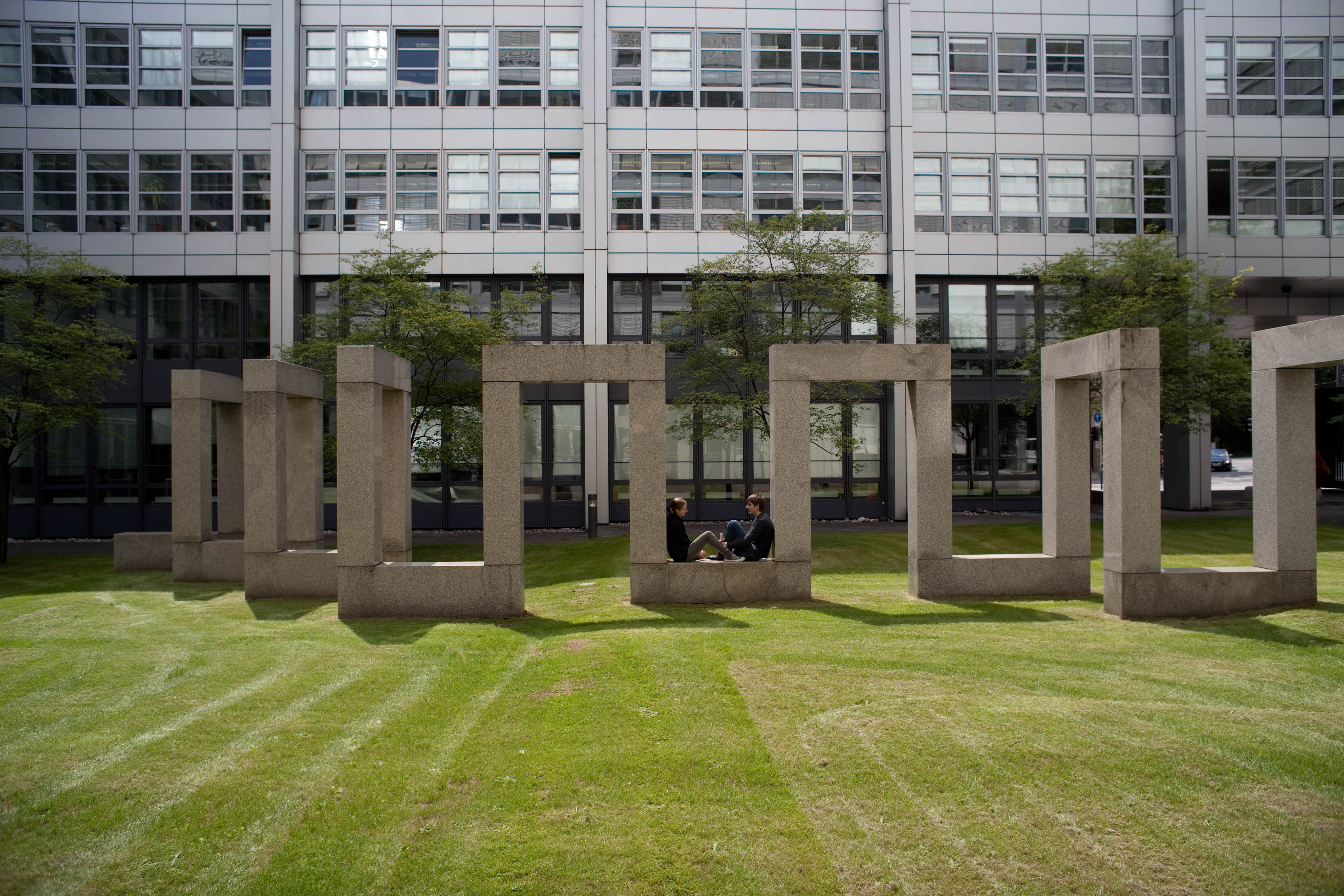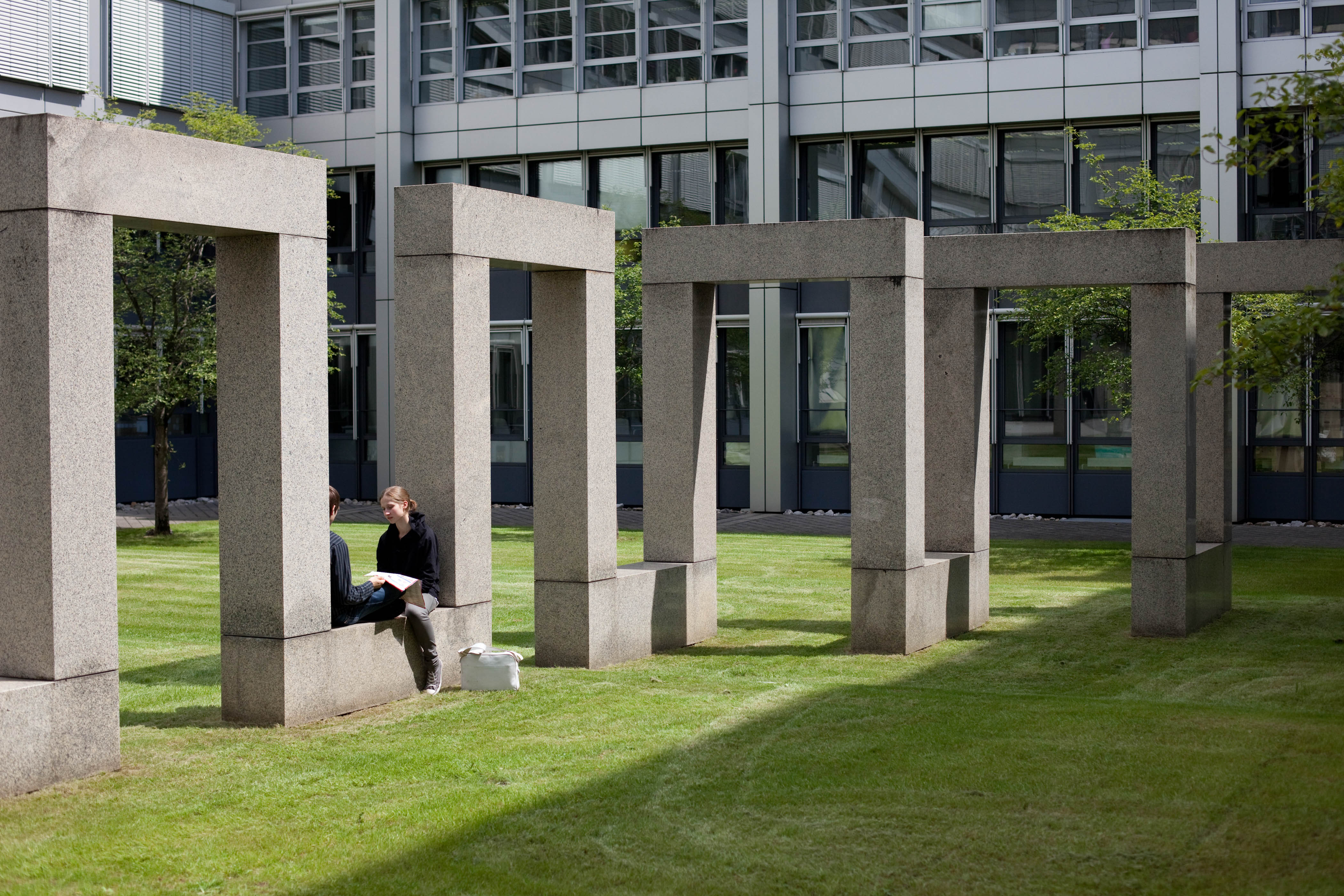Through his contribution to the abstraction theories of classical modernism, Max Bill (*1908 Winterthur, CH; †1994 Berlin, DE) has come to be seen as a leading exponent of concrete art. In choosing this path, Bill distanced himself from the colour-field painting movement concurrently evolving in the US, his view being that harmony in art is reliant not only on colour, but on the perfect geometric and mathematical interplay of form and colour. Heavily influenced by the Bauhaus school, which pioneered geometric abstraction in Weimar Germany and stressed the unity of all forms of art, Bill went on to create an extremely diverse oeuvre, with painting, architecture, sculpture and design all on an equal footing. The goal of art is to develop objects for mental and material use with no symbolic implications, to give human form to the environment. In the post-war period when abstraction developed into a world language, Bill became the first rector of the Ulm School of Design, and there continued the tradition of Bauhaus. In the work commissioned for the EPO, a number of rigorously dimensioned stone blocks are arranged into a series of square arches joined by horizontal base modules. Calling to mind a notched parapet, the work displays a repetitive rhythm of upward and downward movement, a serial perpetuation where the same basic shape seems to repeat itself eternally in the space. With its monumentality an invitation to the visitor to pass under its arches, take a seat and linger awhile, Bill's sculpture is a perfect example of an object for mental and material use.
Through his contribution to the abstraction theories of classical modernism, Max Bill (*1908 Winterthur, CH; †1994 Berlin, DE) has come to be seen as a leading exponent of concrete art. In choosing this path, Bill distanced himself from the colour-field painting movement concurrently evolving in the US, his view being that harmony in art is reliant not only on colour, but on the perfect geometric and mathematical interplay of form and colour. Heavily influenced by the Bauhaus school, which pioneered geometric abstraction in Weimar Germany and stressed the unity of all forms of art, Bill went on to create an extremely diverse oeuvre, with painting, architecture, sculpture and design all on an equal footing. The goal of art is to develop objects for mental and material use with no symbolic implications, to give human form to the environment. In the post-war period when abstraction developed into a world language, Bill became the first rector of the Ulm School of Design, and there continu



![Rhythmus im Raum [Rhythm in space], 1994 Granite 320 x 1065 x 1845 cm](/sites/default/files/styles/original_dimensions/public/2023-06/%28c%29%20VG%20Bildkunst%2C%20Bonn%202016%3B%20Foto%20EPA%20%281%29_0.jpg?itok=0j97juQn)